After the liberation of Crete by Nicephorus Phocas from the Arabs in 961 AD, followed a period of cultural renaissance, which is reflected on the monuments of the period and which continued during the Venetian rule.
Most large and small monasteries operating today were established in that period. Apart from serving religious needs, most of them played an important role during the struggles of Cretans for liberation, especially after the conquest of Crete by the Ottomans.
Monasteries were the only places where Christians could find shelter and organize their military operations. Suspicious of the supportive action of monks, the Ottomans destroyed several monasteries that functioned as revolutionary centers.
Even today, visitors admire the story of the Holocaust of Arkadi Monastery in 1866. Then, the besieged Christians decided to blow up the gunpowder warehouse in order not to surrender to the Ottomans. All the monasteries of that time have similar stories to tell.
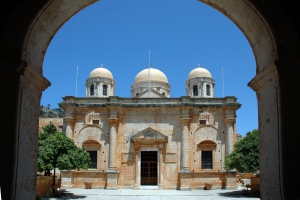
The monastery of Agia Triada of Tzagarolon is one of the richest and most beautiful monasteries in Crete. It is built near the airport of Chania, in the position Tzobomylos of the Cape Melecha and at the foothills of Stavros Mount. The distance from Chania is only 15km.
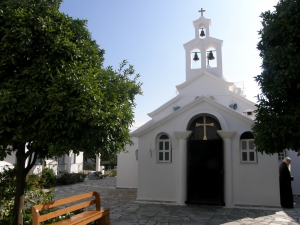
The Monastery of Panagia Faneromeni (i.e. Revealed Holy Mary) or Virgin Mary of Gournia is located northwest of Pachia Ammos, 24km south of Agios Nikolaos. It is a male monastery built on a steep slope at an altitude of 540 meters with stunning sea views. The monastery church is built inside a cave.
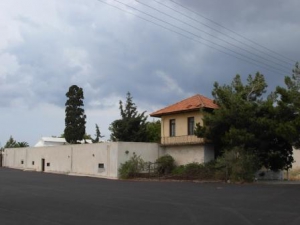
The monastery of Ayiasmenos (Hallowed, Sanctified) is located 2km north of Ierapetra, near the main road connecting the town with Pahia Ammos. The church of the monastery is dedicated to Agii Pantes (All Saints) and in the late 19th century it hosted the home of the Bishop of Ierapetra and Sitia.
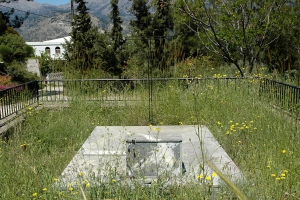
The Monastery of Panagia Exakousti is located in the beautiful green location Malles, near Ierapetra. Today it serves as a female convent. The nuns operate a workshop with textiles, a tailor and needlework shop and other souvenirs.
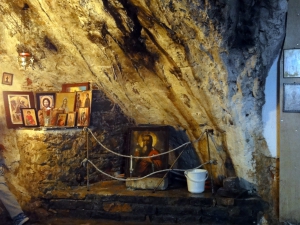
The monastery of St. Andrew was built long ago in one of the most isolated shores of the Mirabello Province, near Finokalia village. Today the old monastery does not survive, but a small church of St. Andrew has been built at the same site.
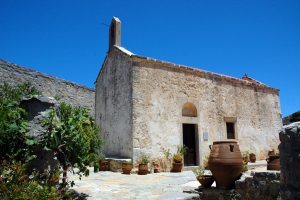
The male monastery of Timios Stavros (Holy Cross) in Kardamoutsa is built very close to the village Karydi, at an altitude of 540m. Although the surrounding area is dry and rocky, there are many trees, especially hollies. At the entrance of the monastery you will see a huge oak tree, where according to tradition, whoever cuts a branch loses his hand.
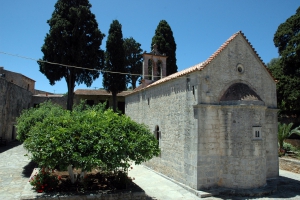
The Monastery of the Holy Trinity in Areti is located next to the village Karydi (close to Neapolis) in a dry and isolated area of Mirabello province. Along with the neighboring Kardamoutsa monastery, they were the most important monasteries of the area (This area has the most monasteries than any other place in Crete).
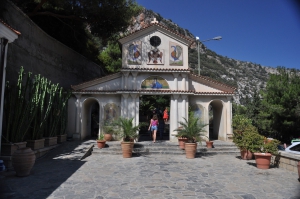
The male monastery of Saint George Selinaris is built in the heart of the gorge Selinari, near Vrachasi village and Neapolis. Next to the monastery passes the National Road connecting Heraklion to Agios Nikolaos, which is the main reason why Selinaris receives many visitors daily.





